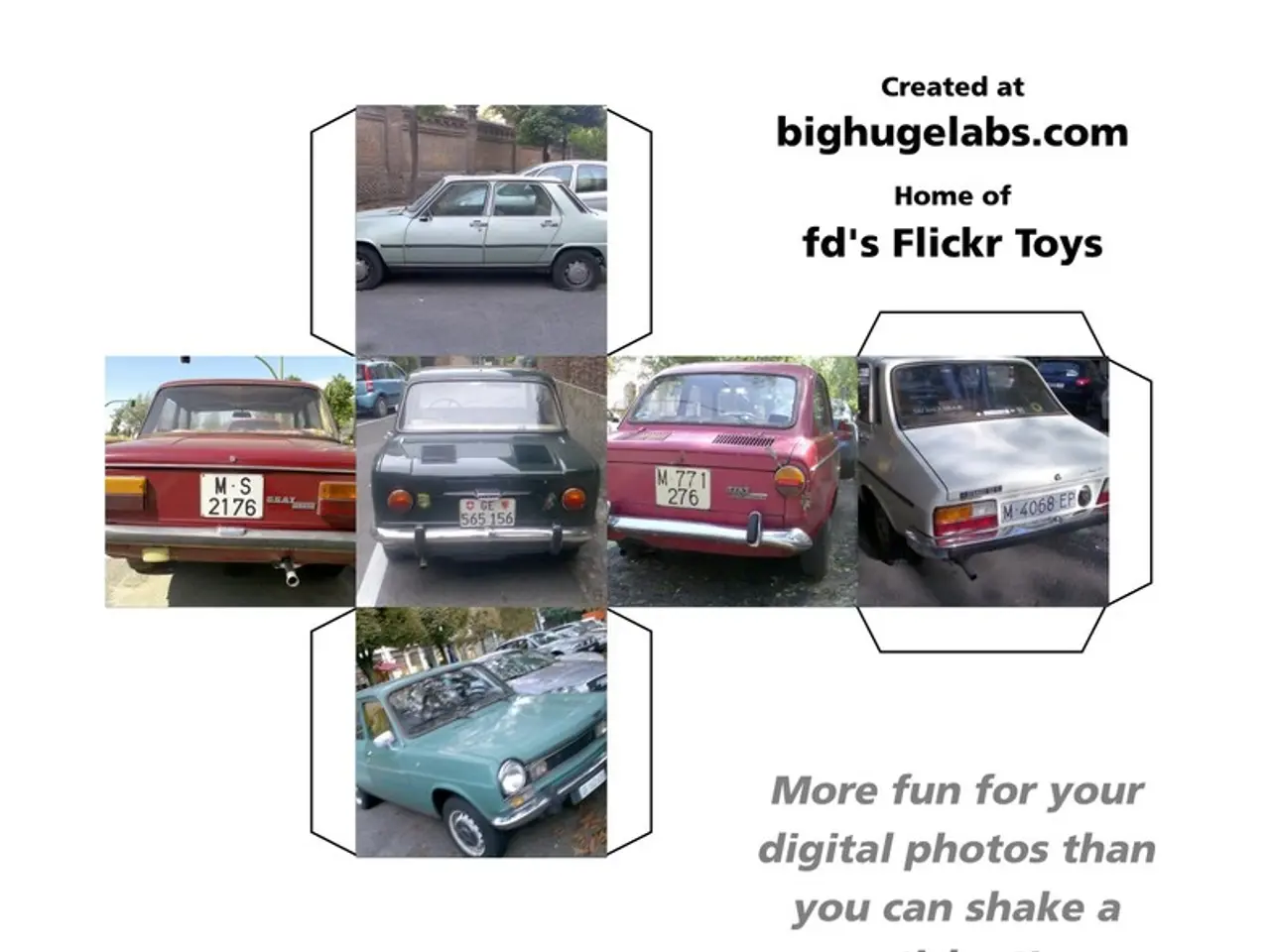Cookies utilized by Autovista24 enhance user experience
In the rapidly evolving automotive landscape, the European electric vehicle (EV) market is showing no signs of slowing down. Despite economic and political uncertainties, the sector continues to grow strongly, driven by regulatory support and consumer preference shifts.
According to EV Volumes, the forecast for 2025 predicts a 23.1% year-on-year increase in European EV sales, reaching 3.77 million units. This growth is primarily attributed to regulatory changes, infrastructure development, and technological advancements.
One significant driver has been the stricter vehicle CO2 regulations implemented by the European Union. These regulations have prompted automakers to delay some EV launches in 2024 to align with the new regulations starting in 2025, resulting in a renewed surge in EV sales this year.
The expansion of charging infrastructure and supportive policies has also bolstered consumer confidence in EVs. This is evident in the 34% growth in new battery electric vehicle (BEV) registrations during the first half of 2025 compared to the same period in 2024.
The share of BEVs in the EU market reached 15.4% in the first five months of 2025, indicating a strong position for electric vehicles in the overall market. Plug-in hybrid vehicle (PHEV) sales are also expected to increase by 27.8% in 2025.
While economic and political uncertainty can affect consumer confidence and investment decisions, they have not been the primary drivers of the EV market in Europe. The impact of the war in Ukraine, for instance, may influence general economic conditions and resource availability indirectly, but it is not directly prominent in shaping the EV market.
Changes in goods tariffs may affect the cost and availability of components, but there is no direct indication that these have significantly altered the EV outlook in Europe. The focus remains on meeting regulatory targets and leveraging supportive policies to drive adoption.
The UK, for instance, has announced the return of EV incentives from 16 July, reducing the cost of some new EVs by up to £3,750 under grants. This move is expected to further boost EV sales in the country.
Germany, which currently lags behind in EV adoption, is considering the reintroduction of BEV incentives in 2025. However, implementation may be delayed due to economic conditions. Despite this, EV sales in Germany are on track to bounce back to 2022 levels, with EVs expected to account for 30.2% of the total light-vehicle market in 2025.
France, on the other hand, is currently suffering a decline in EV volumes, but the EV share is predicted to grow to 32.3% from 31.4% in 2024. The UK's ban on new petrol and diesel models from 2030 still allows all hybrid types to be sold until 2035.
Light commercial vehicles (LCVs) still lag in EV uptake, but new models are expected to drive demand, with the EV share of LCVs projected to rise from 5.4% in 2024 to 10% in 2025. Italy has announced €597 million in funding for a scrappage scheme to further stimulate EV adoption.
Looking ahead, the European Commission has relaxed the 2025 CO emissions targets for cars and vans, providing manufacturers with greater flexibility to avoid fines. The forecast for 2035 and beyond includes some tolerance for timing interpretations of the ICE new-car sales ban and allows for exemptions for vehicles that may be deemed unsuitable for full electrification.
By 2026, EVs are forecast to reach a 29.2% share of European light-vehicle sales, signifying a continued upward trend in the adoption of electric vehicles across the continent. The European EV market is indeed poised for a bright future, driven by regulatory support, technological advancements, and consumer preference shifts.
The surge in electric vehicle (EV) sales in Europe is not just due to regulatory changes, but also technological advancements in EV technology. For instance, the development of more efficient batteries could lead to an improvement in the lifestyle choices of consumers, as they can easily switch to electric cars with less range anxiety.
The growth in the European EV market is also driven by the expansion of charging infrastructure and supportive policies, which have bolstered consumer confidence in EVs. As a result, the popularity of electric-vehicles, such as cars and light commercial vehicles (LCVs), is expected to continue, potentially influencing consumers' overall lifestyle preferences in the automotive sector.




